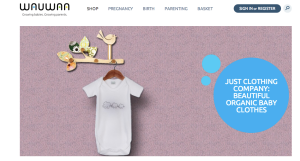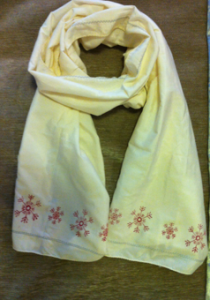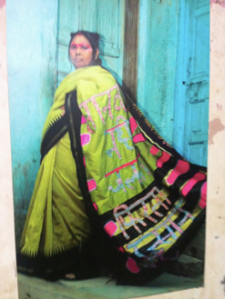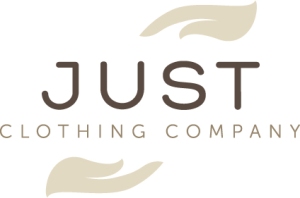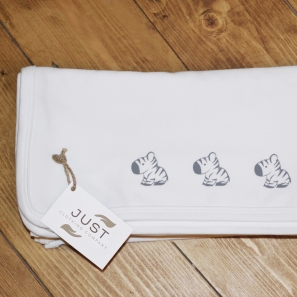I’ve already broken the first rule of blogging (being the opposite of Fight Club) by not posting last week, but have been buried deep in business planning, so deep I was concerned I would never arise again – but here I am, business plan (another updated version) is complete and being reviewed as we speak.
 Two weeks are a long time in the world of a start-up and have learnt a lot, including:
Two weeks are a long time in the world of a start-up and have learnt a lot, including:
1/ Facebook is an evil genius
2/ Twitter is challenging
3/ How to make a paper boat
Just Clothing Company is in its ‘soft launch’ phase. We are testing the processes of marketplace, alongside testing wholesale market but a priority must be building up our social profile. I feel a huge part of Just Clothing Company‘s success will ride on our customers feeling a sense of connection and loyalty to us – to quote from the executive summary:
“We want to create a profit-led sustainable business that can fulfil a growing consumer appetite for more personalised, unique products that reflect their values and ethics, whilst establishing and collaborating with local women-led businesses from throughout the world to provide them with a long-term and growing income.”
Social media is a wonderful forum to do this, just one of the amazing technical advances of our time that enable a company like ours to flourish. So my first tentative steps into this world have been through Facebook. We have set up a company page on Facebook, we have boosted our audience through a Facebook campaign (they let you select age, sex, and geographical location, down to a region) for relatively little cost. 
In a flush of zeal when setting up my first campaign, I didn’t take in all of these categories and merely set it to send to adults over age of 21 living in the UK. Current cost per follower acquired is 11p. My next campaign will be far more targeted so shall be interested in (theoretically) seeing the price of acquisition drop.
I am a Twitter novice, so this is a far more challenging proposition for me. There are easy ways to attract an audience, using variations of the #FollowMe, but from everything I’ve read this does not give you an audience who connects with you, merely a large number of spammers and people who collect Twitter followers as a popularity contest. So it is a longer, slower process of building up communities who you are interested in and then commenting and re-tweeting until you get noticed. However, I have finally been able to confirm myself as a real person on Twitter (took them nearly 2 weeks to send my confirmation email to me) and this should enable me to run a marketing campaign there. Whether it is as easy or quantifiable as Facebook I shall endeavour to find out this week.
So after two weeks of studying social media and writing a business plan, I was left feeling as if I was climbing the Escherian stairwell. I found an effective solution to this in learning how to make paper boats, which my 3-year old son then used to test the optimum load of dinosaurs they could withstand before sinking. I highly recommend this as a relaxing past time – my top tip being choose either a massive paper boat or very small dinosaurs…
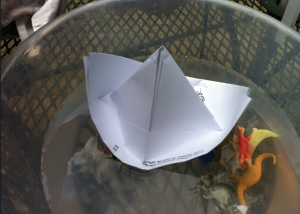
And to finish last week on a high, the wonderful people at WAUWAA launched us on their site, complete with a blog with the tag line ‘Just Clothing Company are definitely one of the baby brands to look out for this year’. Happy with that!
